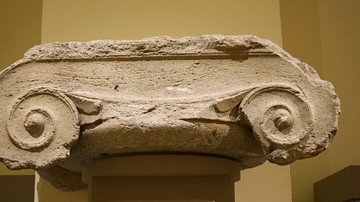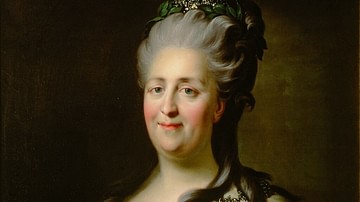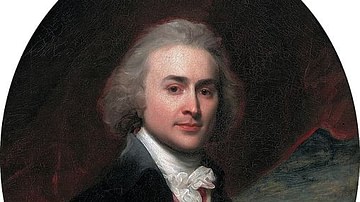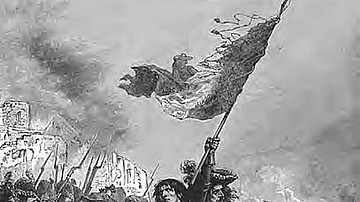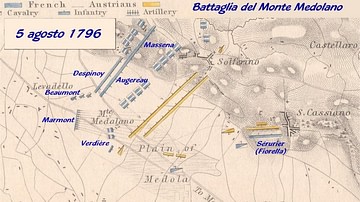Illustration
A map illustrating the state of the Russian Empire, c. 1796, during the reign of Ekaterina II Alekseyevna (born Princess Sophie of Anhalt-Zerbst), commonly known as Catherine the Great. Longest ruling Russian Empress (1762 – 1796), she continued the policies of Peter the Great both culturally and militarily, establishing educational reform, championing the arts and architecture, and aggressively extending imperial borders in the most significant territorial gain since Ivan the Terrible.
Catherine's reign witnessed multiple conflicts with the Ottoman Empire and the annexation and assimilation of Crimea. It also played a pivotal role in the partitions of Poland (Russia, Prussia, and Austria engaged in a series of territorial partitions of the Polish-Lithuanian Commonwealth in the late 18th century), leading to the loss of Polish sovereignty, altering the map of Europe and leaving a lasting imprint on the broader geopolitical landscape.
About the Author
Cite This Work
APA Style
Netchev, S. (2023, September 28). Catherine the Great and the Russian Empire, c. 1796. World History Encyclopedia. Retrieved from https://www.worldhistory.org/image/17952/catherine-the-great-and-the-russian-empire-c-1796/
Chicago Style
Netchev, Simeon. "Catherine the Great and the Russian Empire, c. 1796." World History Encyclopedia. Last modified September 28, 2023. https://www.worldhistory.org/image/17952/catherine-the-great-and-the-russian-empire-c-1796/.
MLA Style
Netchev, Simeon. "Catherine the Great and the Russian Empire, c. 1796." World History Encyclopedia. World History Encyclopedia, 28 Sep 2023, https://www.worldhistory.org/image/17952/catherine-the-great-and-the-russian-empire-c-1796/. Web. 23 Apr 2025.




